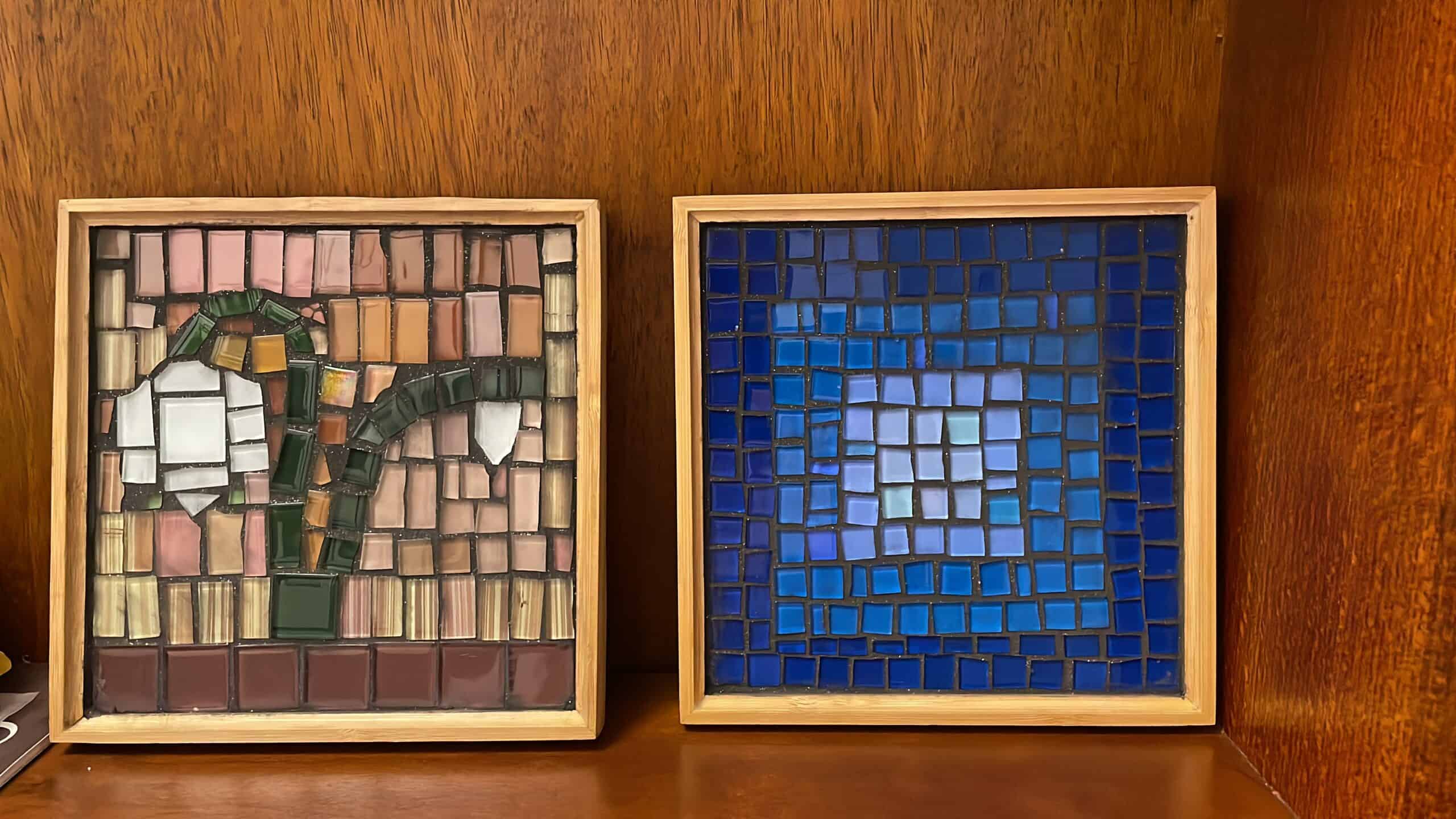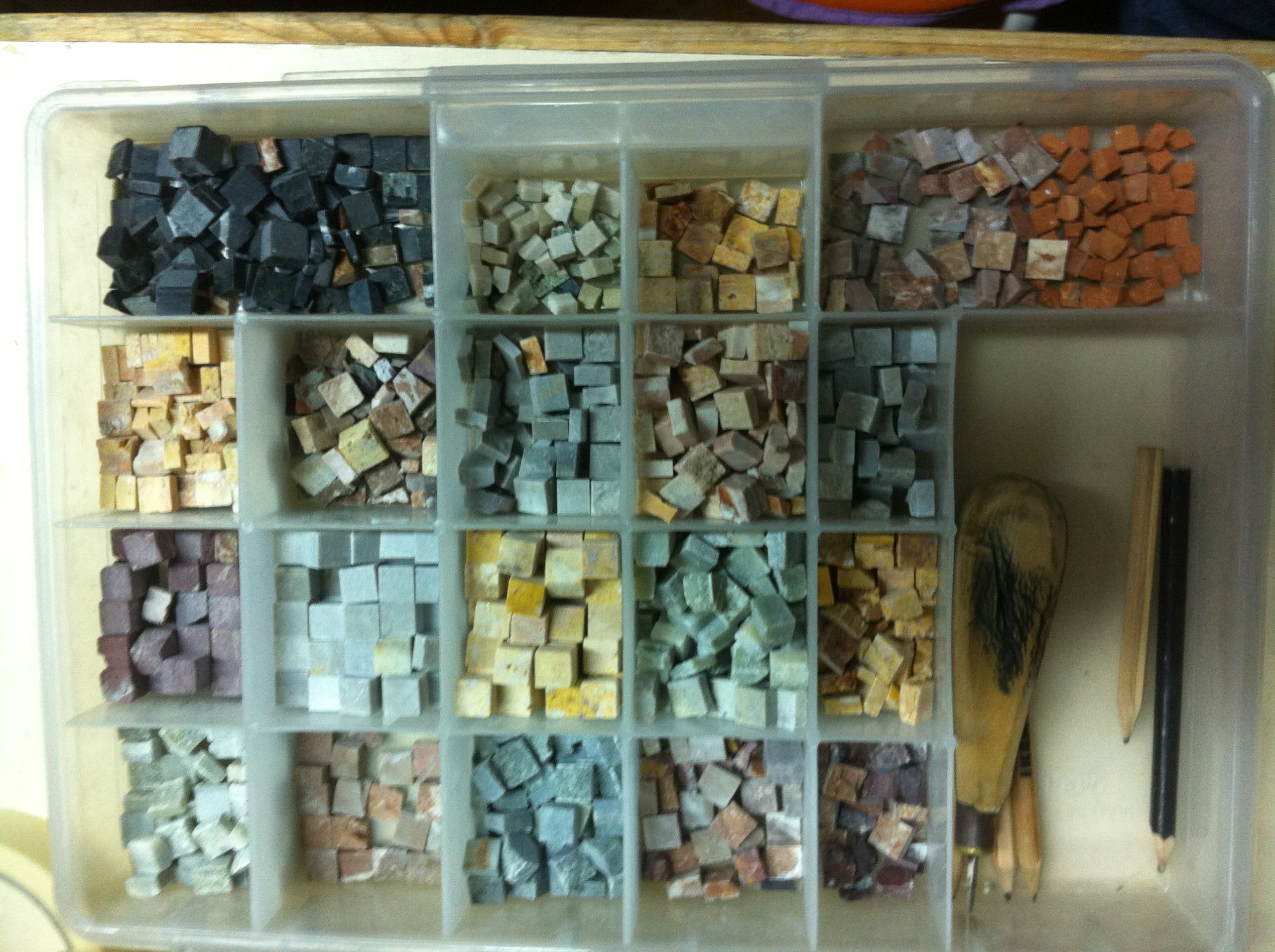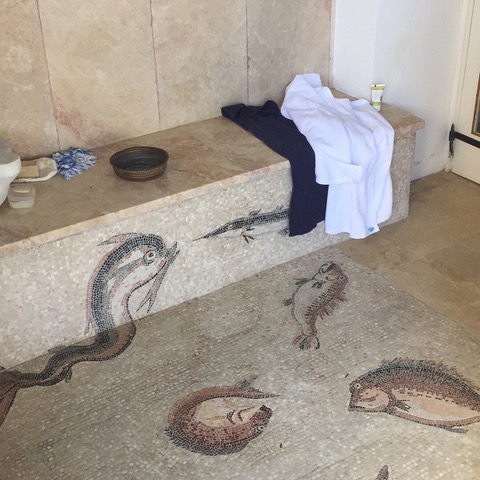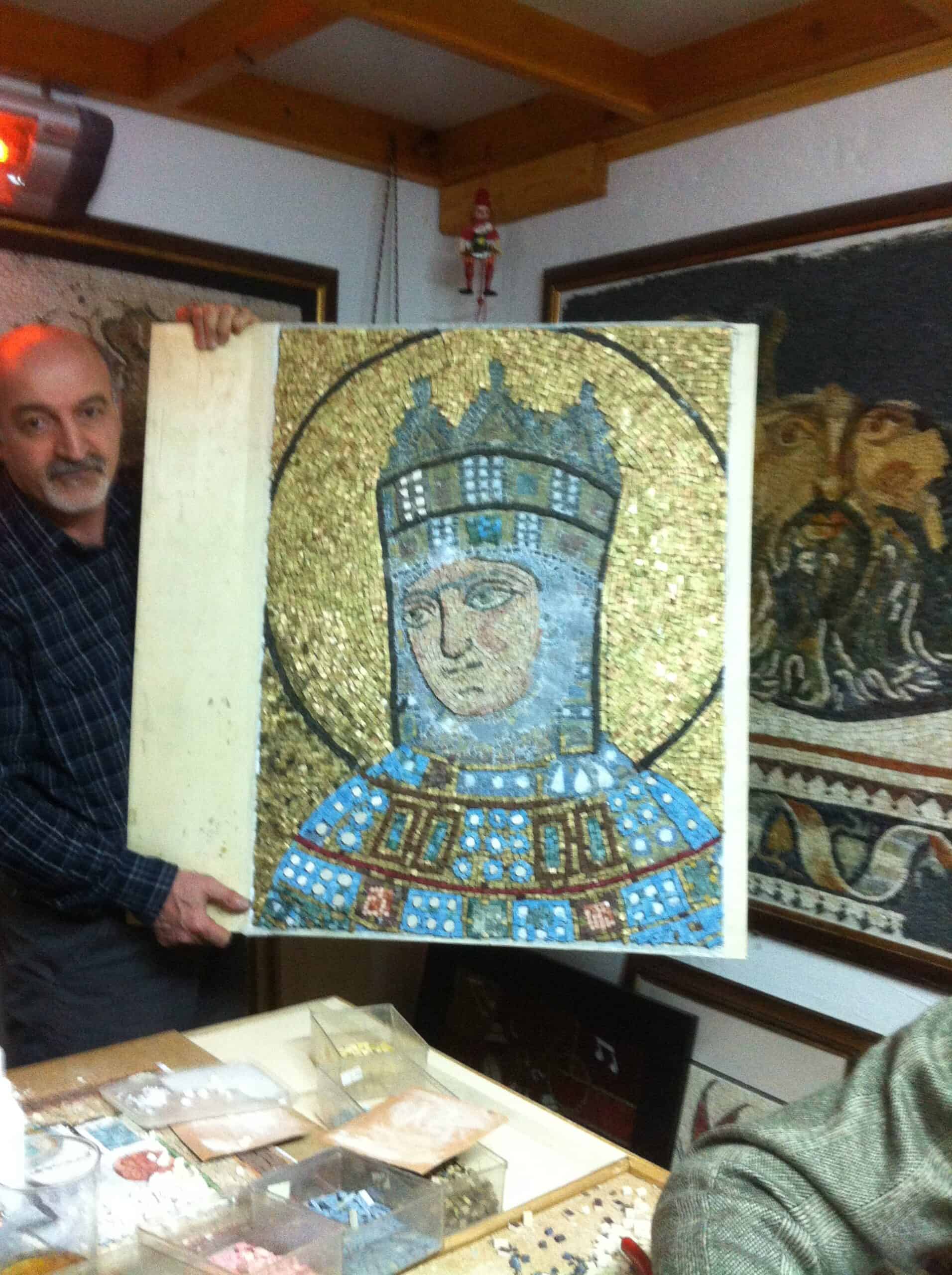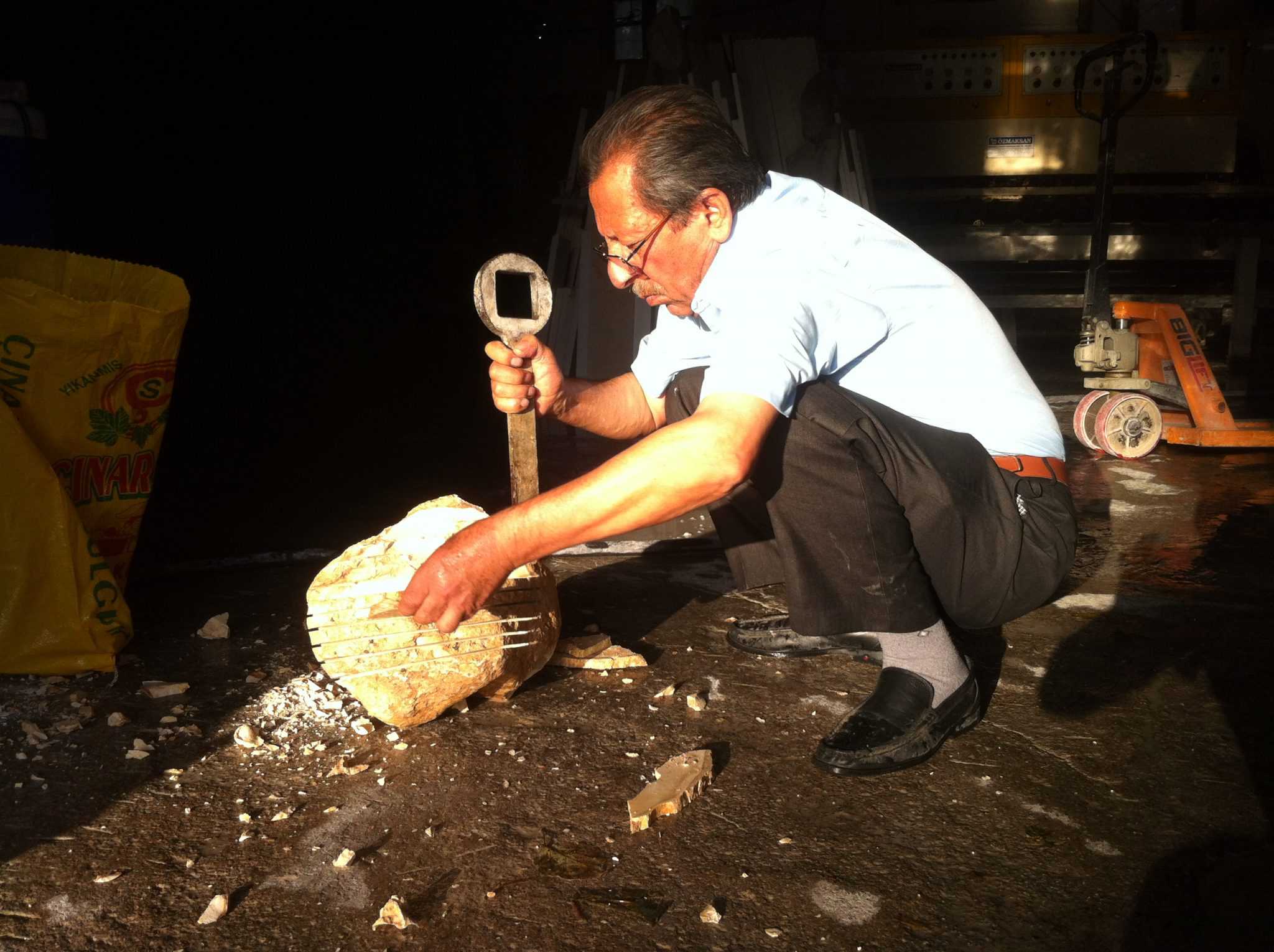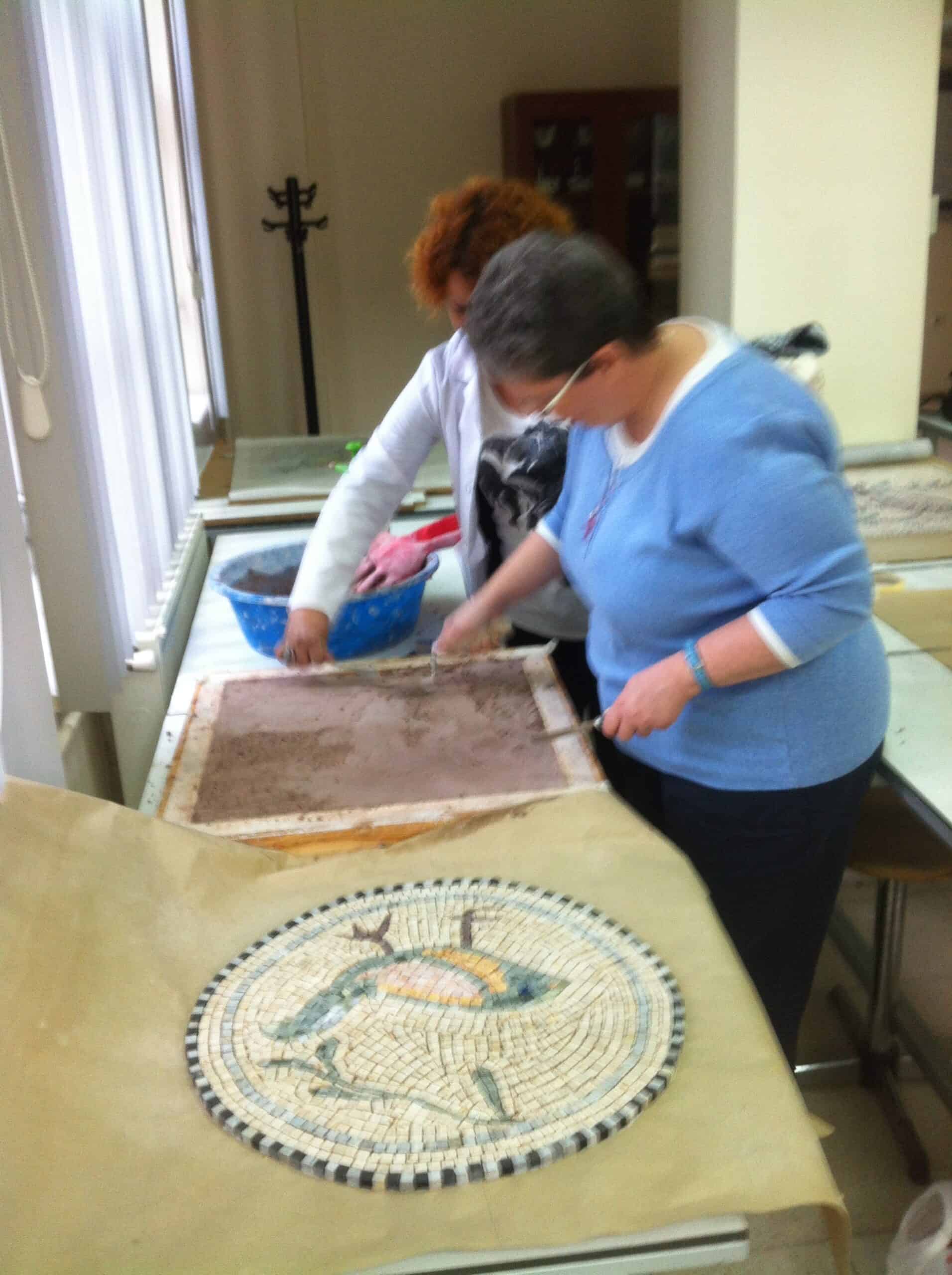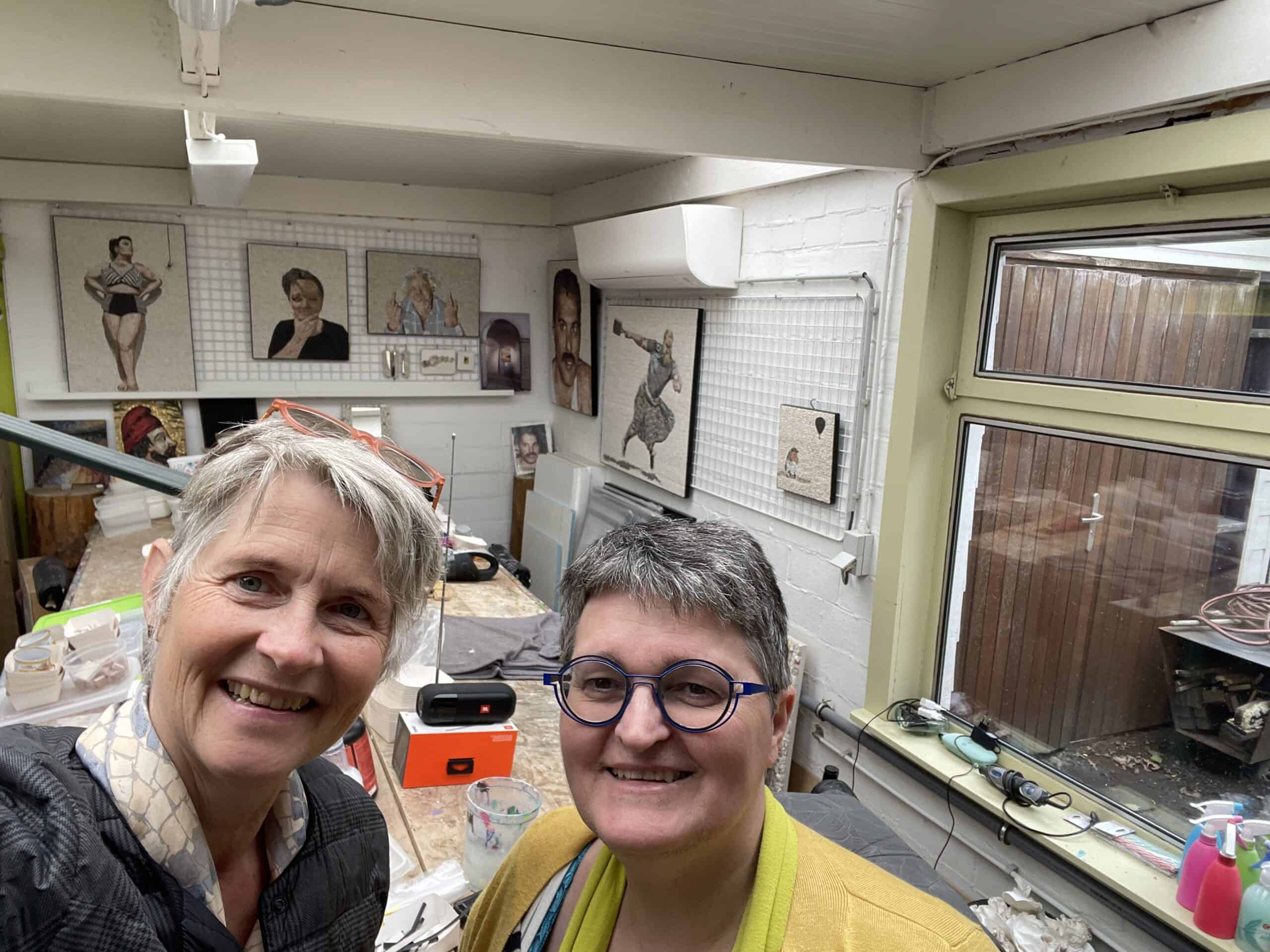Beautiful mosaic murals have crossed my way in the past months.
On my recent trip to New York I went on a quest to find the newest editions of mosaic murals. Friends told me “under central station” and “you go down down down and then you see the mosaics”.
So I went to central station and we first asked some friendly man in yellow vests where to find the mosaics and they took great interest but couldn’t really point in any direction …
Then we went down, down, down and ended on a very narrow and old platform with no mosaics.
Almost giving up, when we tried to find the way back out of this dark labyrinth full of people and hot air, we saw some stairs leading into a white clean brand new hall and I was sure we could find the mosaics here. So we followed signs to LIRR station and found them:
.But also old friends greeted me this time in the metro stations making me feel familiar with the place …
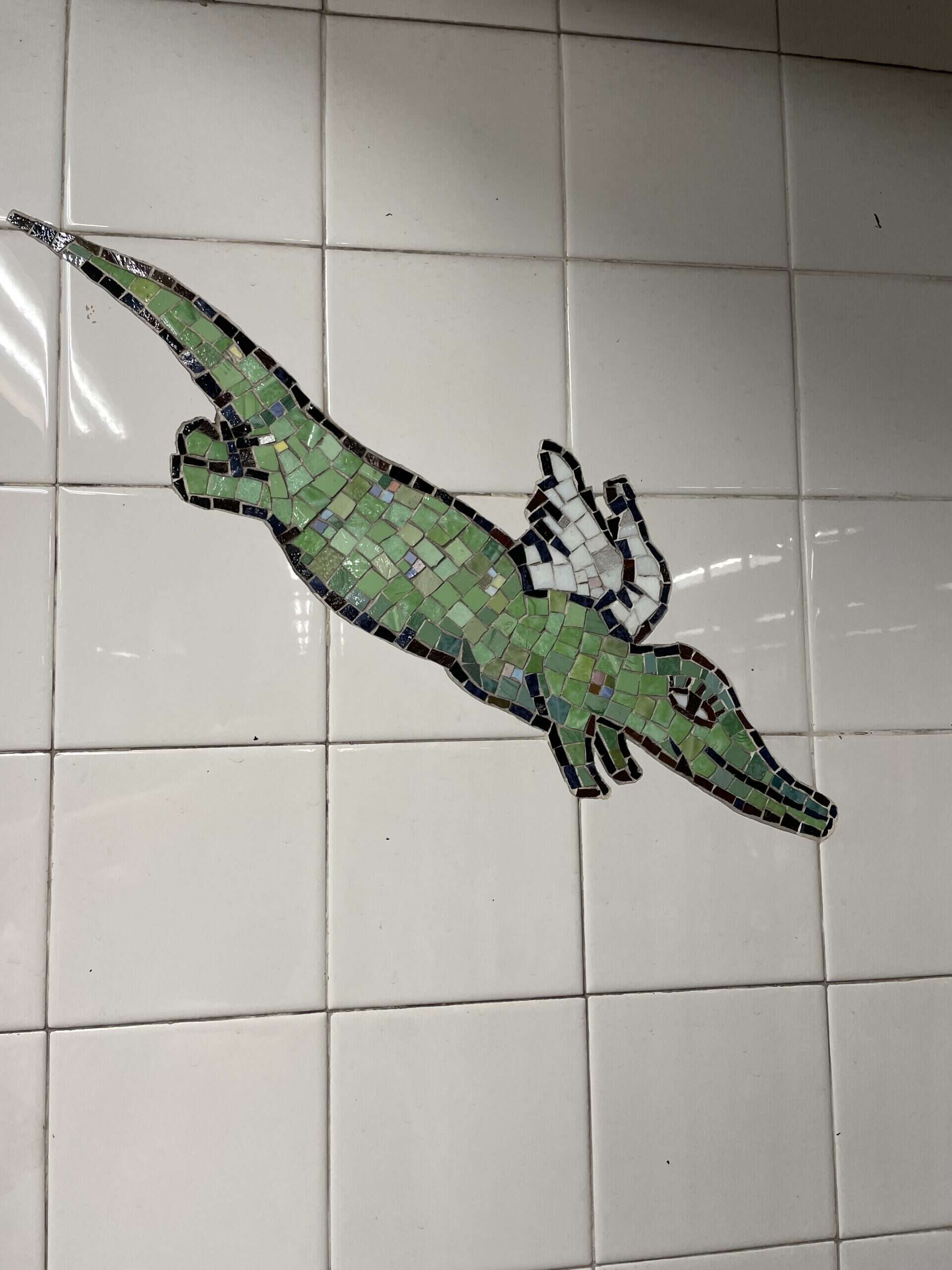
Detail of “Happy City”, Peter Sis, Mosaic @ 86 Street East Metro Station NYC
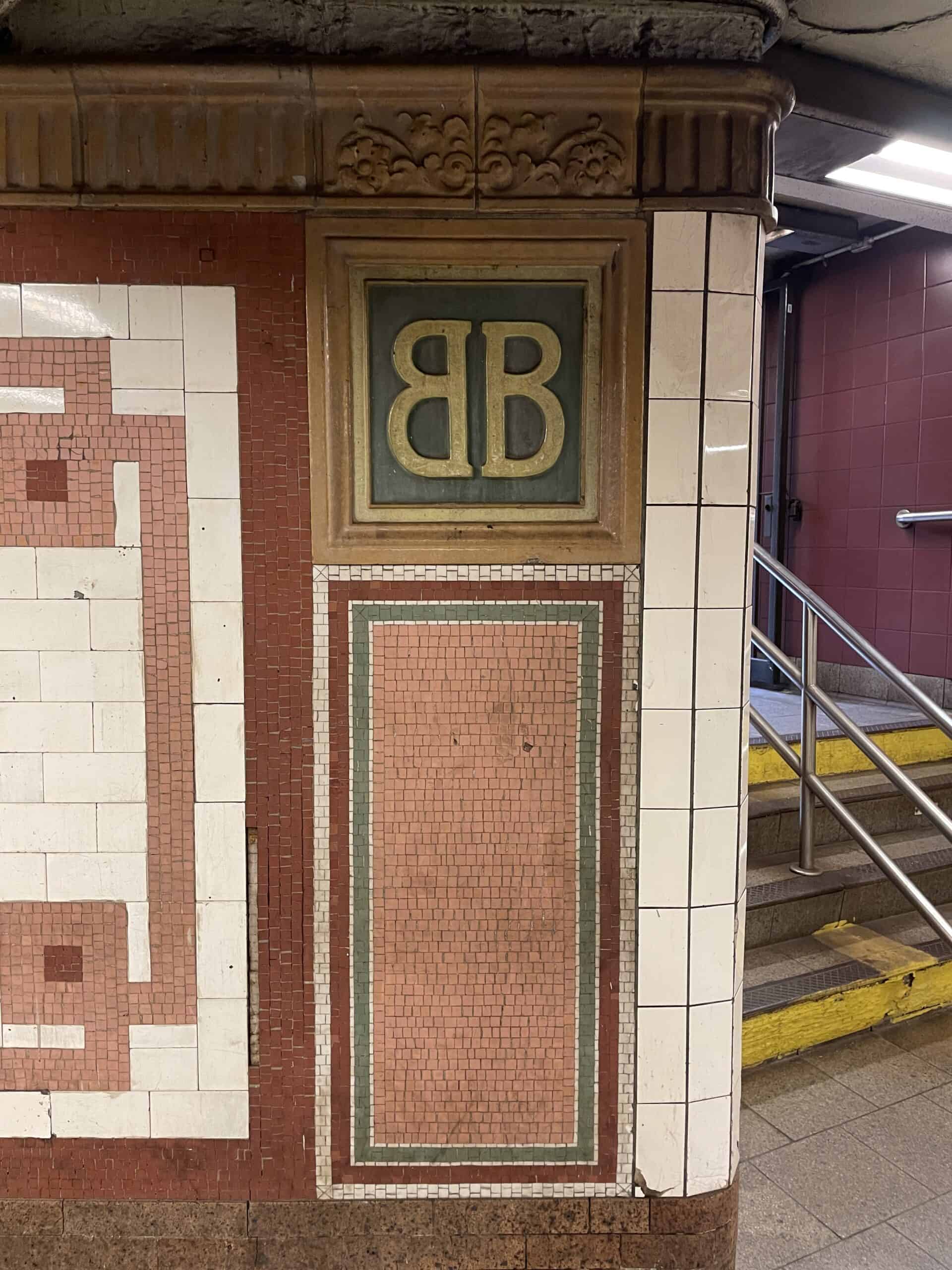
Brooklyn Bridge Metro Station NYC, Original mosaic decor
And last week I was stunned to see this monumental mosaic by famous us American artist Sam Gilliam opposite the entrance to the metro in Takoma Park in Washington DC.
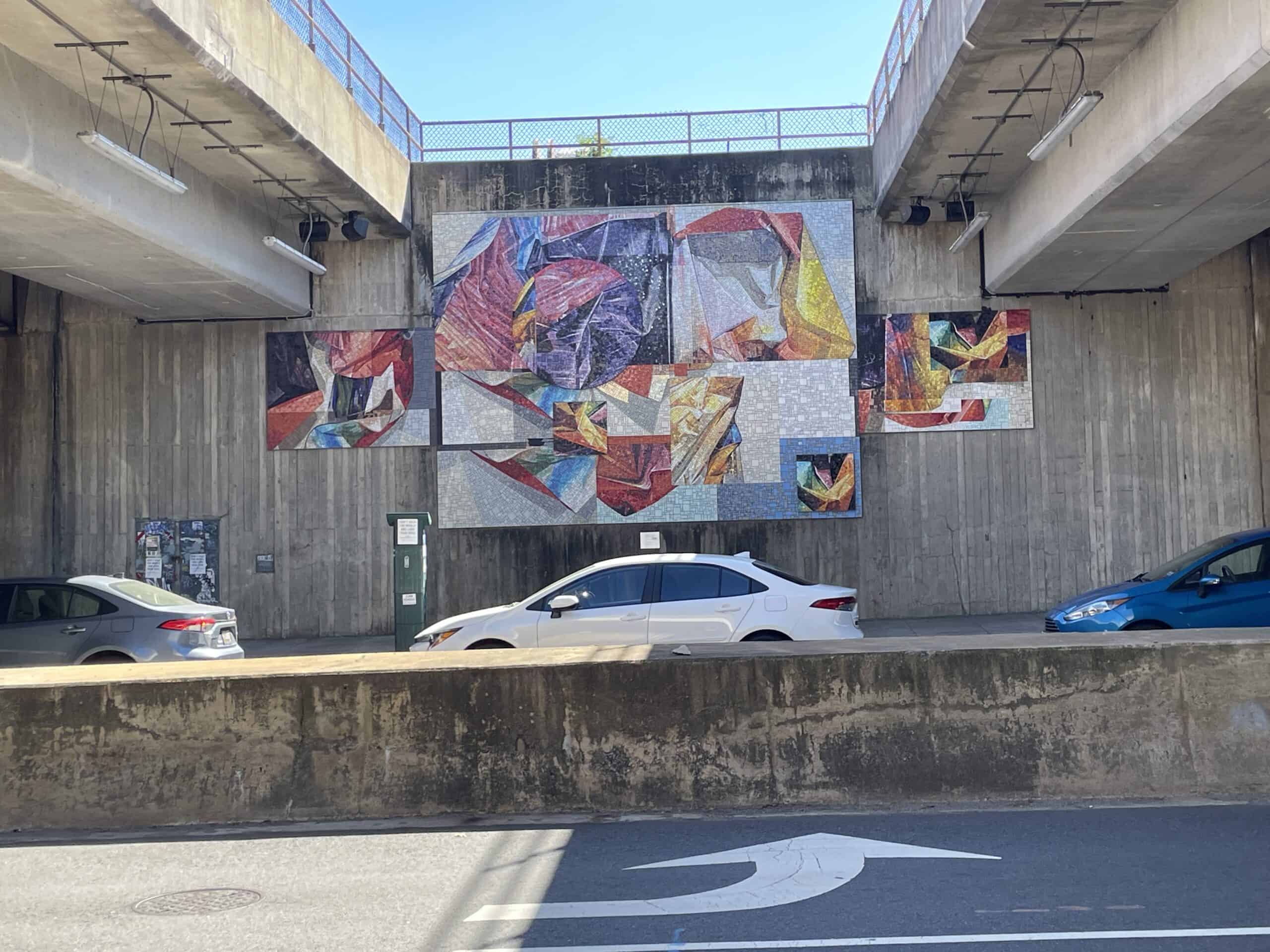
FROM A MODEL TO A RAINBOW
Mosaic by Sam Gilliam, 2011
Commissioned by
DC Commission on the Arts and Humanities
DC Creates! Public Art Program
In cooperation with
Washington Metropolitan Area Transit Authority
Art in Transit Program

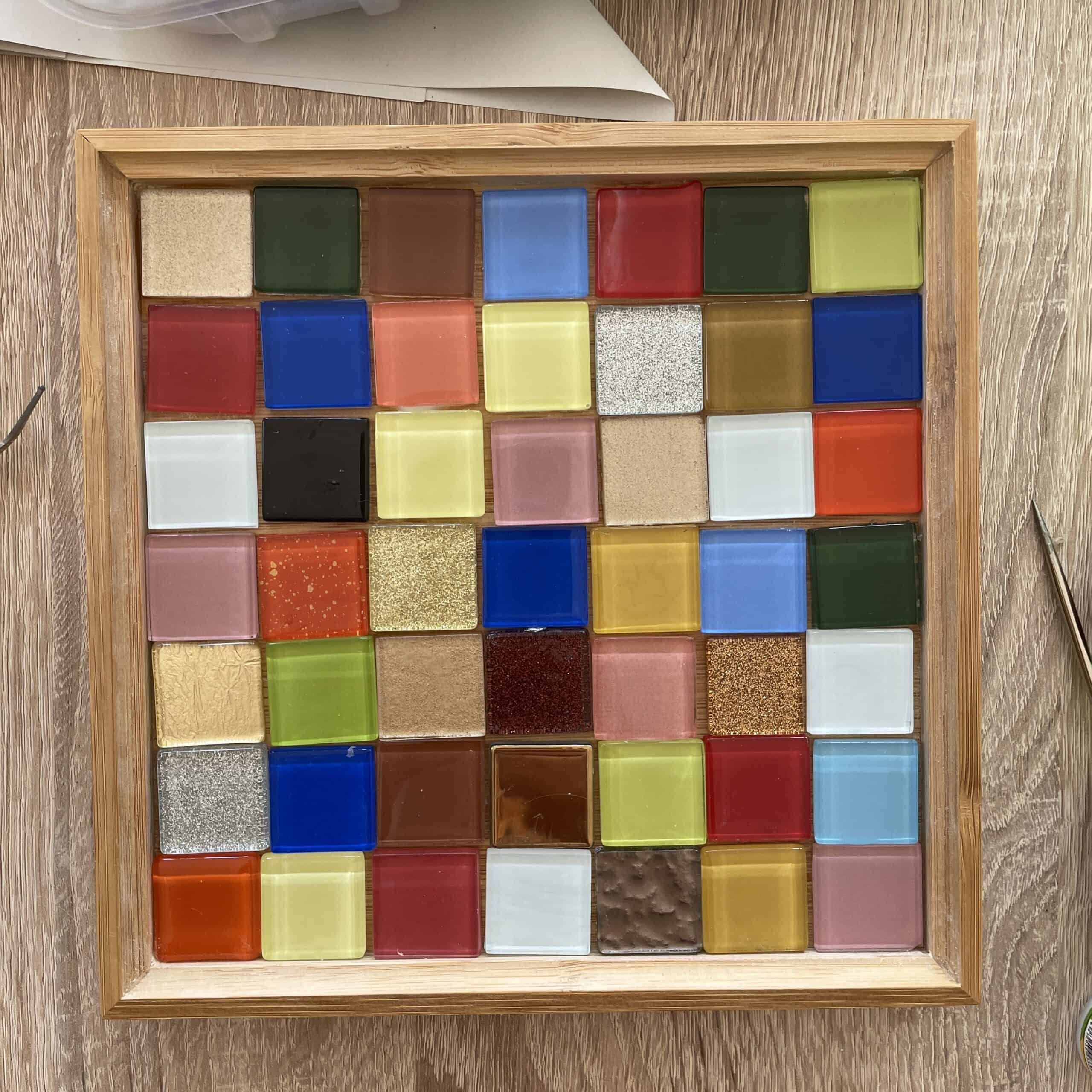
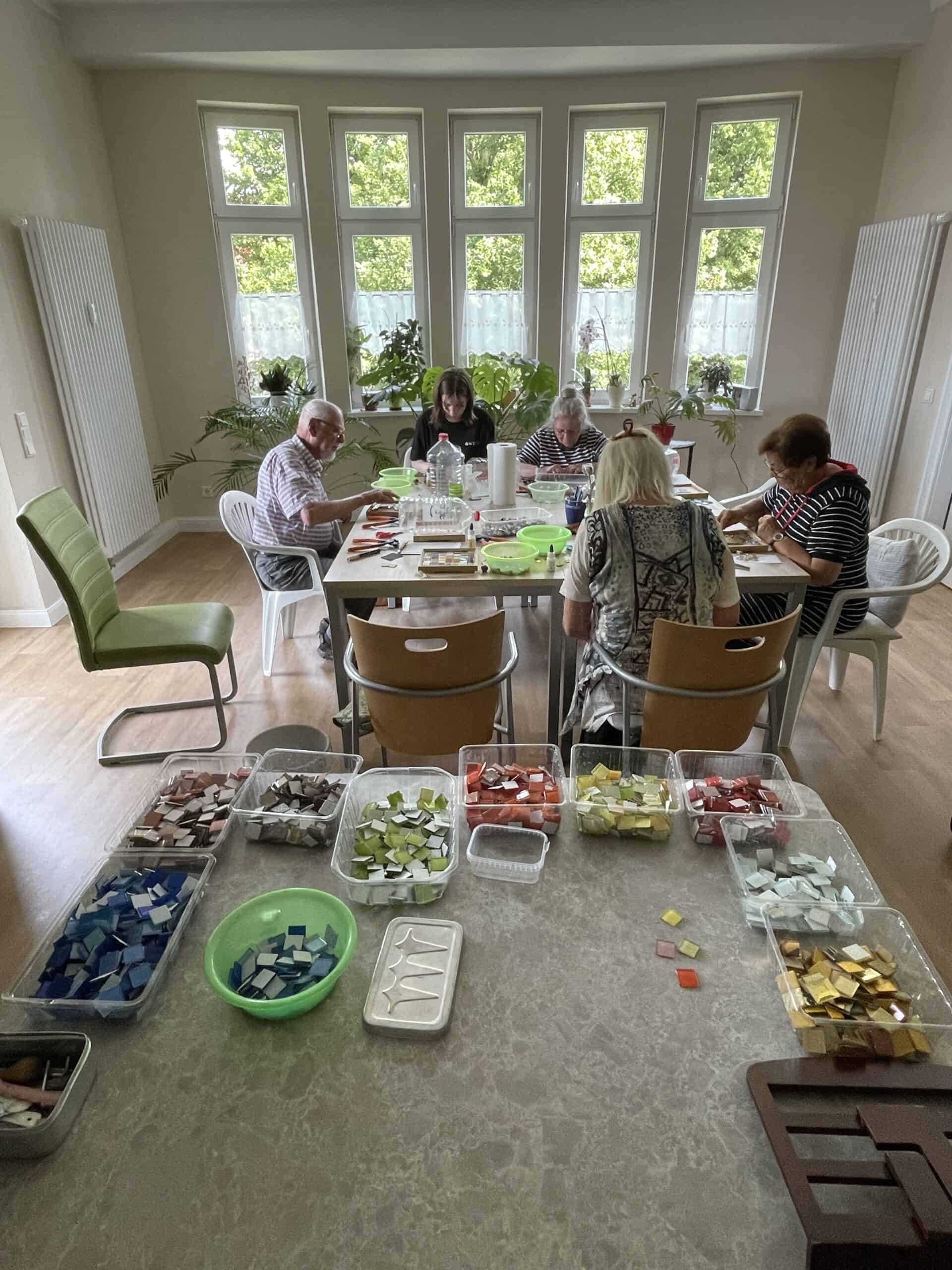 There was great enthusiasm for the glittering, colorful mosaic tiles when everyone appeared in the room.
There was great enthusiasm for the glittering, colorful mosaic tiles when everyone appeared in the room.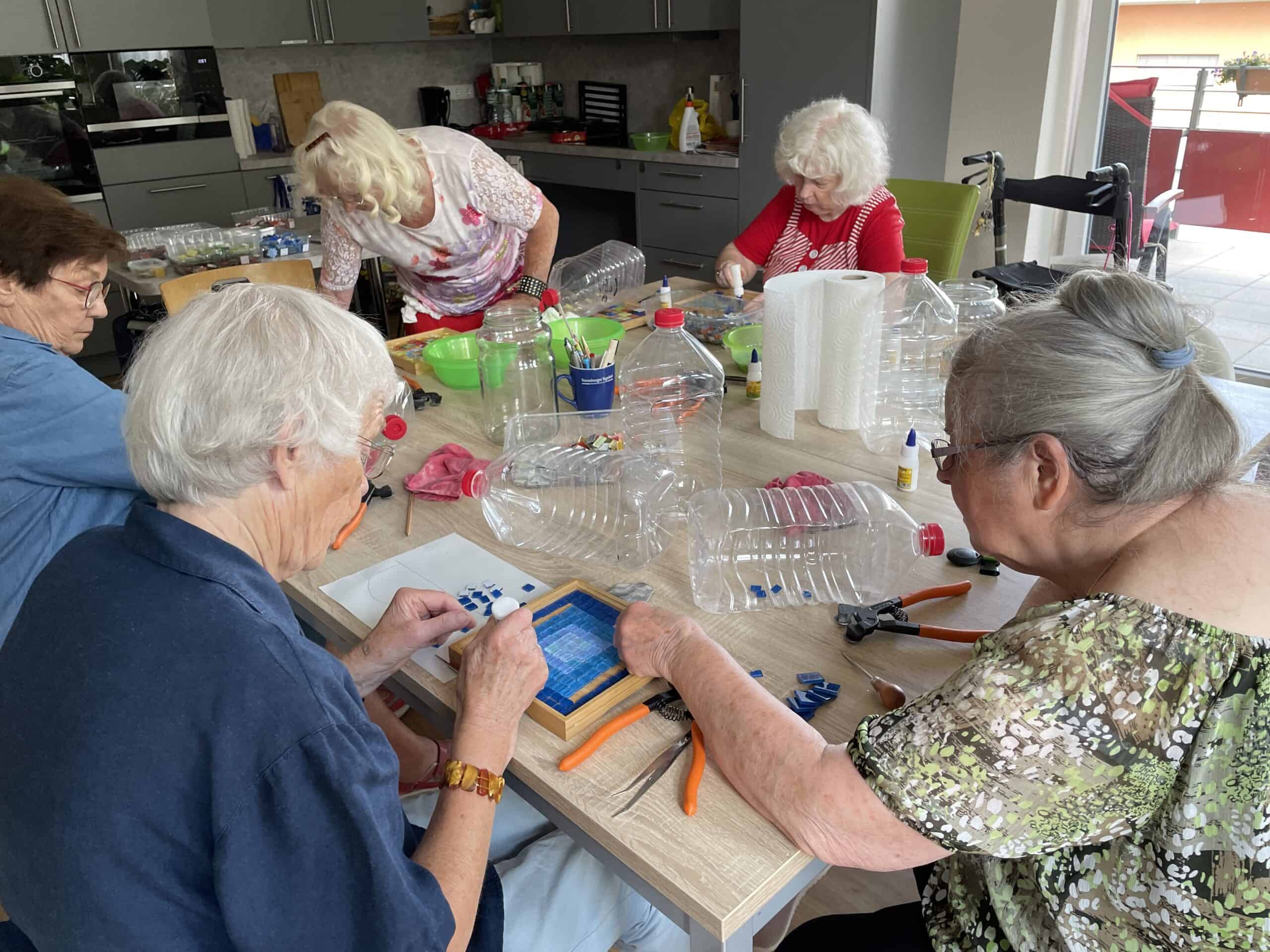 Overall, the atmosphere was concentrated and cheerful at the same time.
Overall, the atmosphere was concentrated and cheerful at the same time.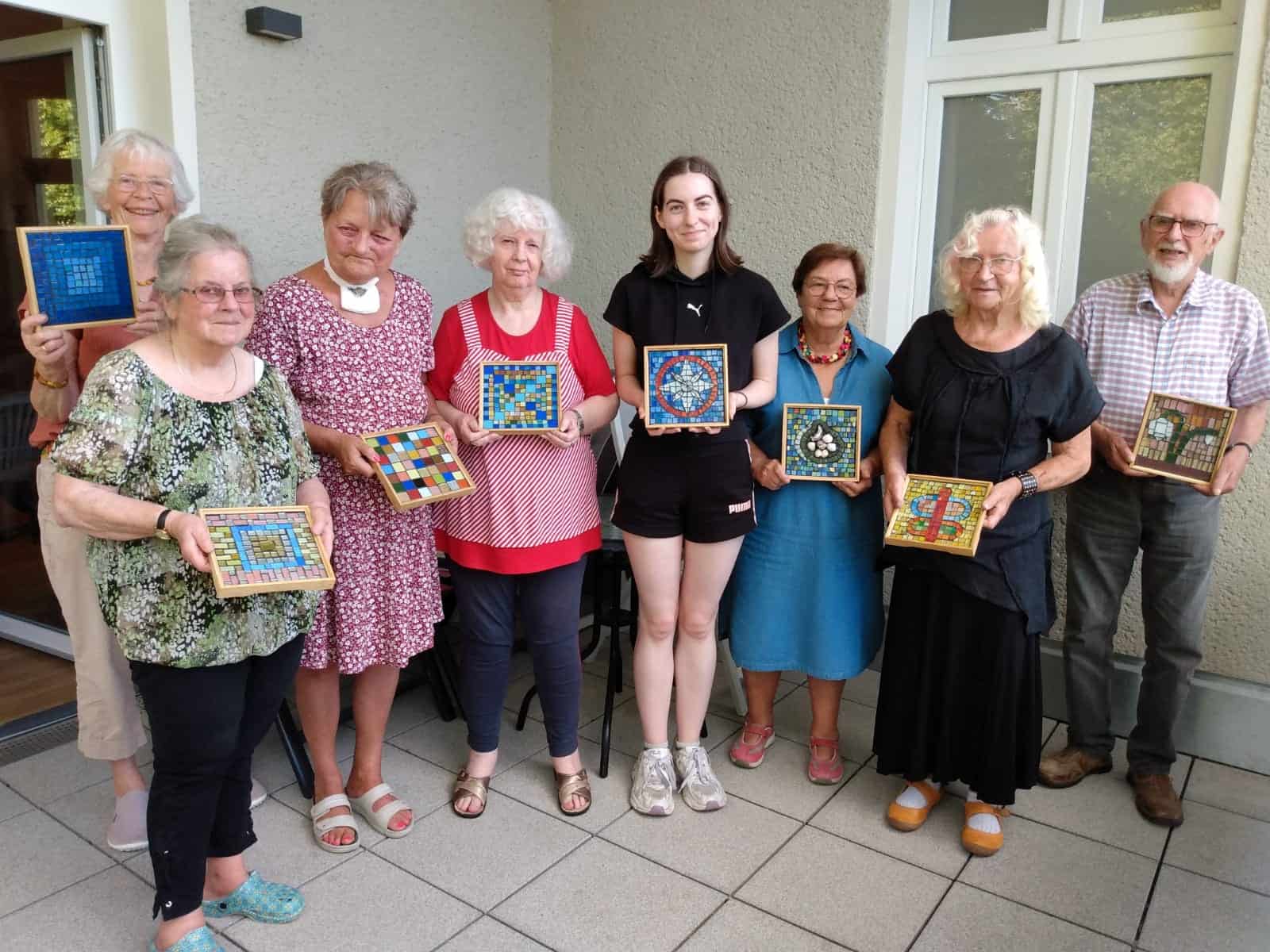 I was amazed to discover the creative talents of my parents.
I was amazed to discover the creative talents of my parents.